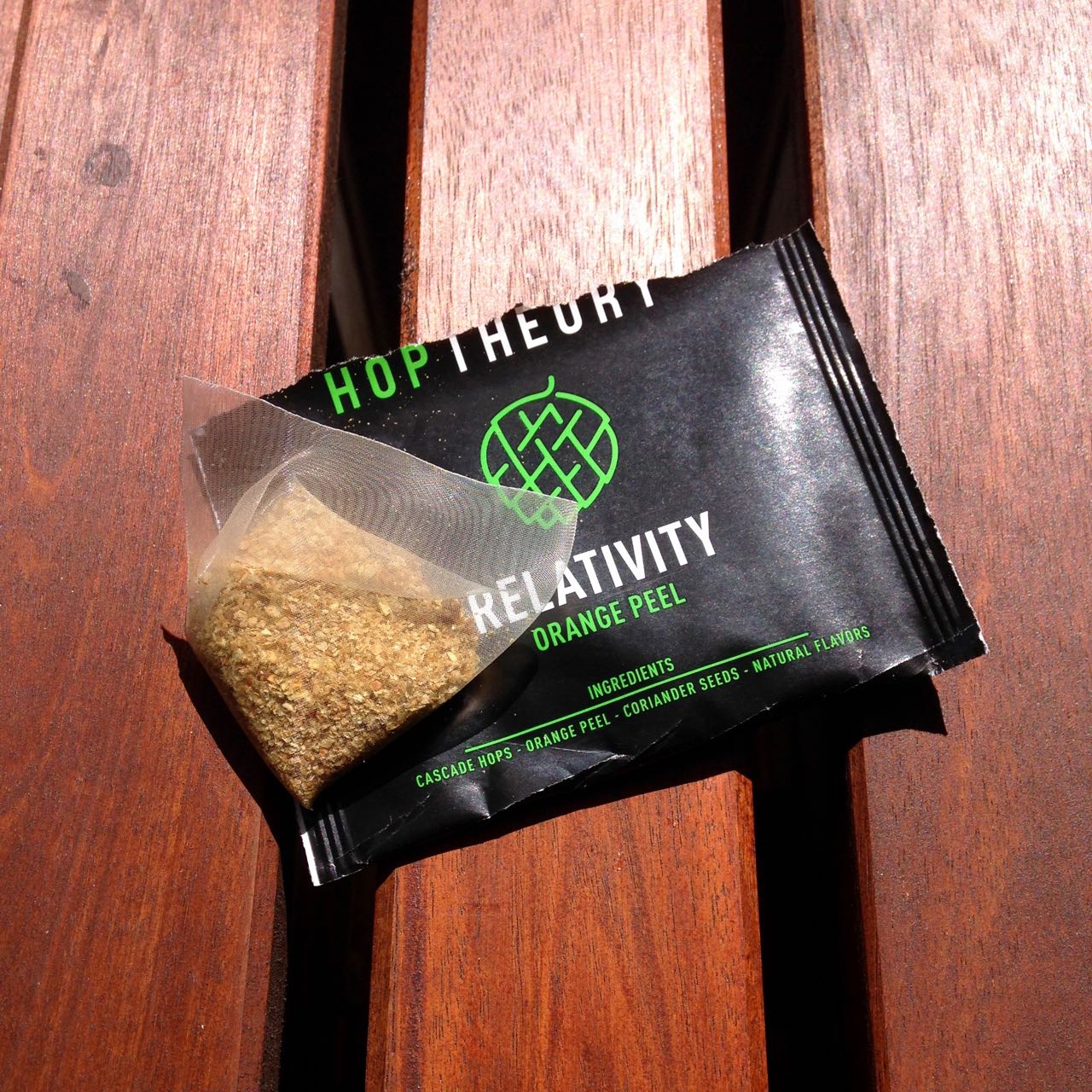
Roadtesting the 'hop teabag'
I’m a big fan of crowd funding and have pledged to dozens of campaigns. So when I stumbled across something craft beer-related, I couldn’t resist. Even if I was sceptical.
Hop Theory was the concept, an idea that raised more than $30,000 for what can only be described as a hop teabag. The sachets hold a blend of Cascade hops, coriander seed, orange peel and natural spices designed to infuse your beer with flavour. According to their pitch, “With Hop Theory, an average beer becomes craft”. (You’ll have to put aside the assumption a craft beer can’t be average. And that flavour is what makes it craft in the first place.)
It sounded disastrous, but curiosity got the better of me. I backed the project and six months later they arrived. It was time for a road test. To keep the research as fair as possible, a mate and I purchased three varying beers to experiment with; Carlton Draught, Coopers Pale Ale and Feral Hop Hog (just to see what would happen). With two of each, a control and a test subject, the trial began.
With a healthy dose of scepticism, I went into it expecting the worst. While the premise intrigued me, I assumed adding an unbalanced, arbitrary amount of hops and other flavours could only end badly. I was correct, but for the wrong reason.
The first thing you notice when opening the individually wrapped bags is the smell. I imagined you’d be hit with the overpowering scent of hops, like you are when a brewer shows you a bucketful on a brewery tour. Instead, your nose is hit with a chemical herbal tea, like walking into a T2 store doused in detergent. Not a promising start.
The second thing you notice is the powder. Unlike tea leaves, the hop blend was so fine it filtered through the gauze and dust scattered everywhere. Still, we carried onwards.
 Up first was the Carlton Draught. The bag goes in and I pour the beer from the can (too bad if you don’t have a glass on you). Immediately the glass fills with head. Despite the instructions on the back, I guess you’re meant to put the bag in after you pour.
Up first was the Carlton Draught. The bag goes in and I pour the beer from the can (too bad if you don’t have a glass on you). Immediately the glass fills with head. Despite the instructions on the back, I guess you’re meant to put the bag in after you pour.
We taste the control while the head settles and the bag sits for a few minutes. With much anticipation I bring the test subject to my nose… and don’t get anything. A taste also reveals very little. No new flavours, only perhaps a subtle muting of that distinct Carlton Draught metallic note.
We both agreed neither of us would be able to call it in a blind taste test. But what we could pick up was the powdery texture now present, having seeped through the bag. Not a pleasant experience.
Optimistically, we pursued with the Coopers Pale Ale. This time we doubled down on the bags and some flavour actually came through! Disappointingly nothing close to hops, instead that chemical herbal scent. Like the free teabags you find next to the kettle in a cheap motel. Perhaps the only promise it delivered on was a little fruit, presumably from the orange. It had slightly changed, but not for the better by any stretch of the imagination. At least the already sedimenty Coopers disguised the powder.
Having already called the experiment a fail and complete waste of $30, we drank the Hop Hog as the brewers intended (sans Hop Theory) to remind ourselves what a well-hopped beer should taste like.
And while doing so, we wondered out a loud who would actually use these? Even if they worked as they were meant to, what problem does it actually solve? Increasingly good tasting craft beer is available in pubs and bottle shops of all shapes and sizes, and where it’s not, Hop Theory doesn’t feel like a good solution. “Excuse me while I pull out my hop teabag at the MCG on Boxing Day and dangle it for two minutes in my plastic cup of warm Carlton Mid.”
If it worked, you might be able to write it off as a novelty. But it didn’t. The flavour was awful and you’d feel like a wanker using it. My scepticism was sound and the result was exactly as expected: outrageously stupid. We tested it so you don’t have to – you can hop, skip and jump over this one.



